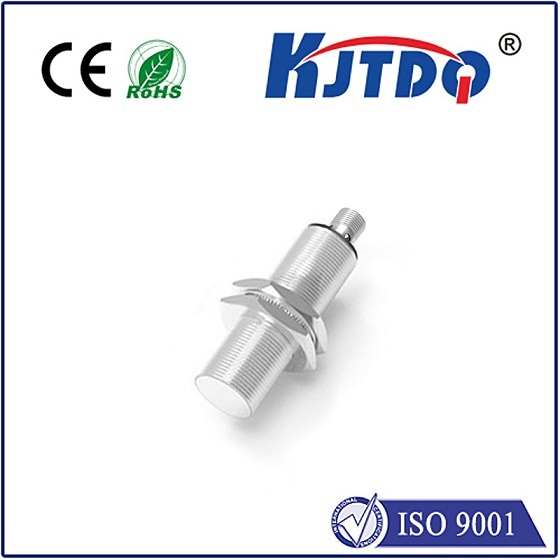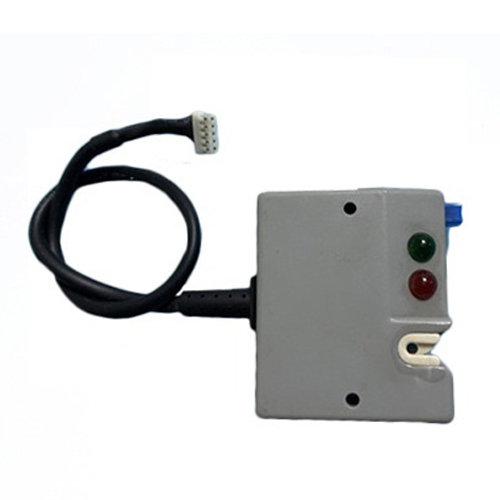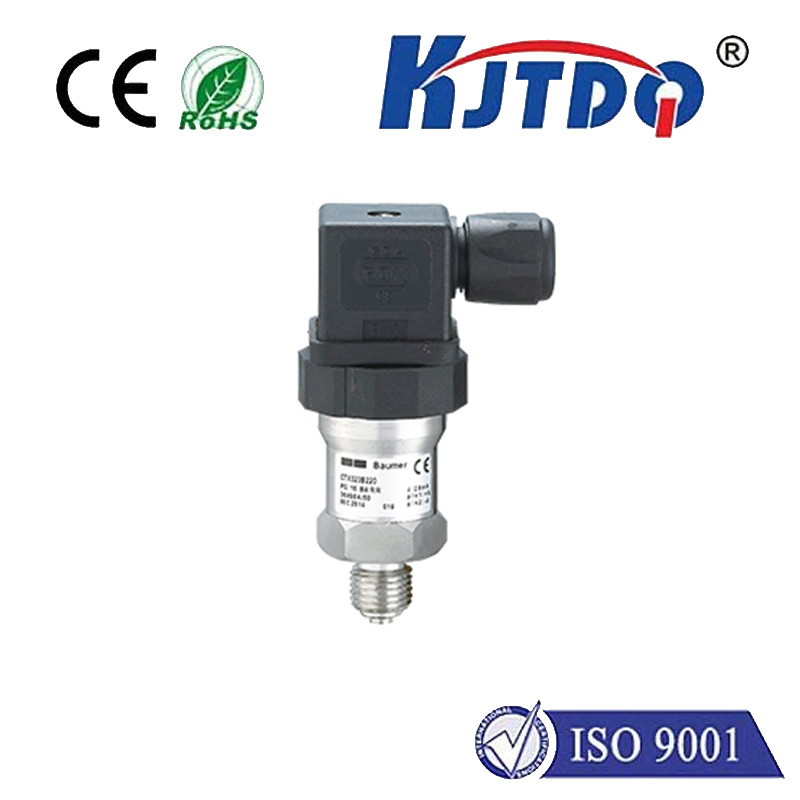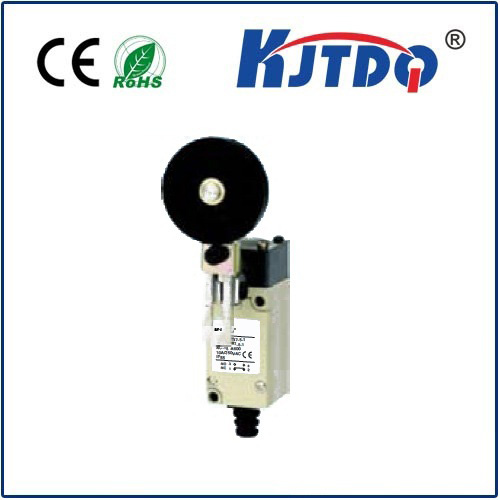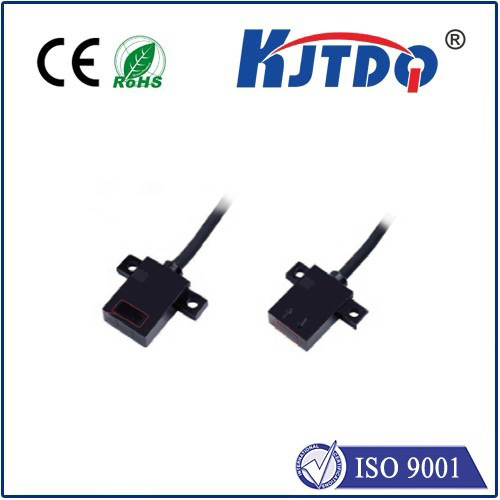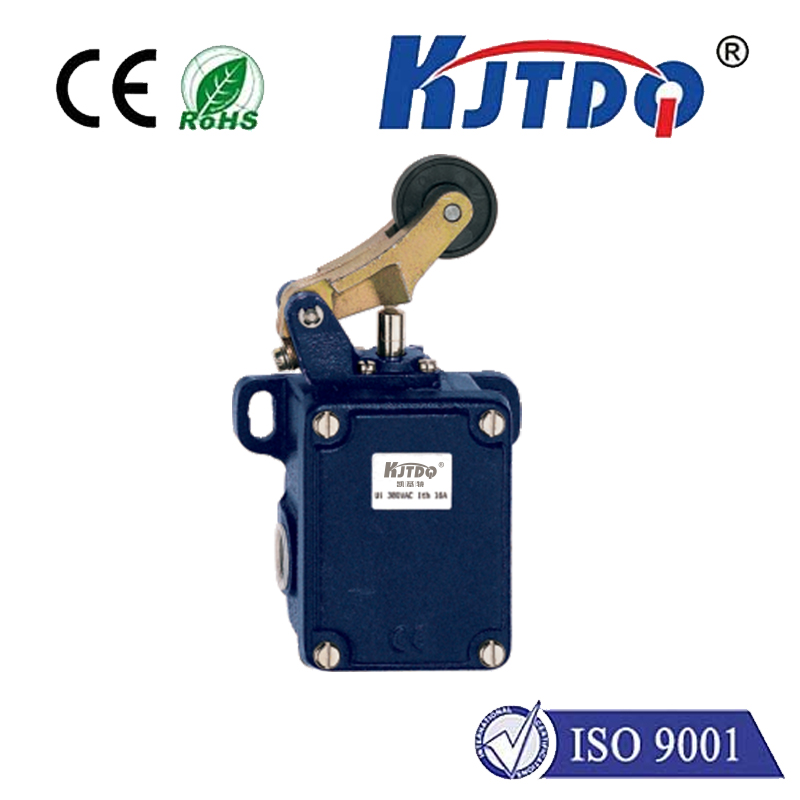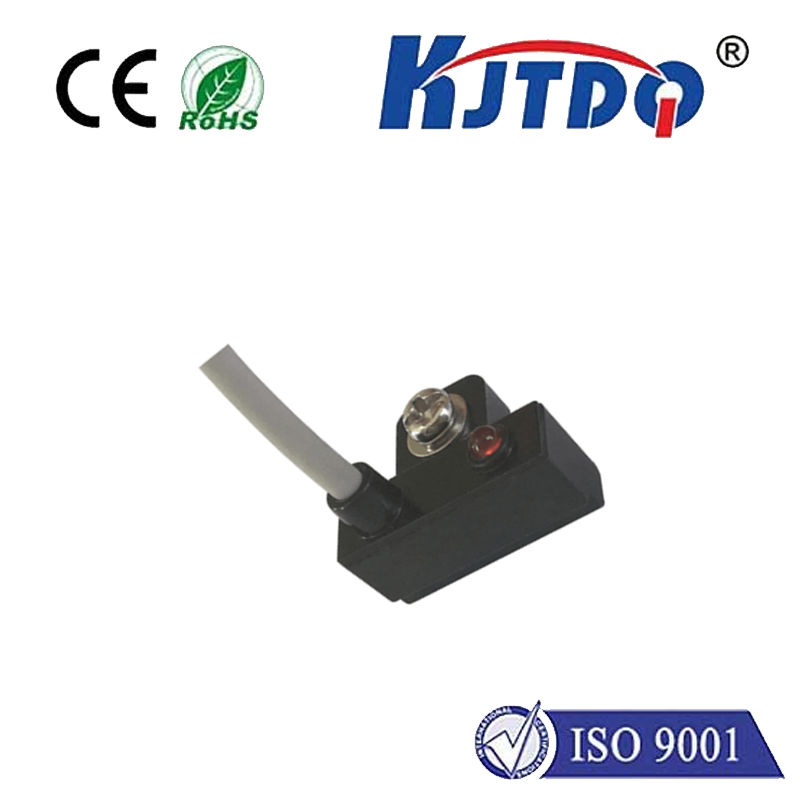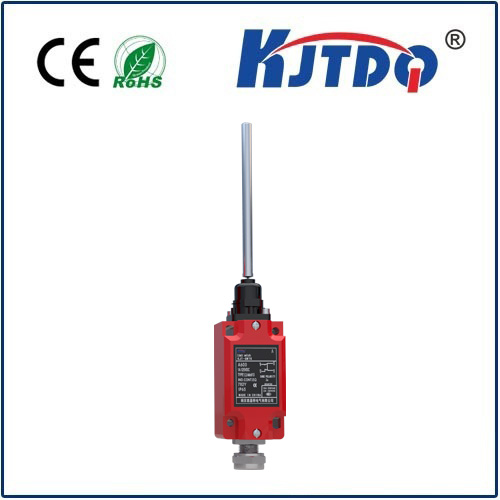

check

check

check

check

check

check

check

check

check

check

Title: Understanding the Basics of NPN Photoelectric Sensors In the realm of automated technology, photoelectric sensors are indispensable components that enable machines to “see” their surroundings. Among these, NPN photoelectric sensors stand out for their unique characteristics and widespread applications. This article delves into the fundamental aspects of NPN photoelectric sensors, shedding light on how they work and their significance in modern industry. What is an NPN Photoelectric Sensor? An NPN photoelectric sensor is a type of electronic device that detects the presence or absence of an object by using light. It consists of an emitter that generates light and a detector that receives it. When the path between the emitter and detector is obstructed by an object, the sensor responds by changing its output signal. The term “NPN” refers to the type of transistor used in the sensor’s circuitry, which is known for its high efficiency and sensitivity. How Does an NPN Photoelectric Sensor Work? The operation of an NPN photoelectric sensor relies on the interruption principle. In normal conditions, the emitter emits a continuous beam of light towards the detector. When no object is in the path, the detector receives the full intensity of light and the sensor remains inactive. However, when an object passes through the beam, it casts a shadow on the detector, reducing the amount of received light. This change triggers a response from the sensor, which then sends out an electrical signal indicating the detection of an object. Applications of NPN Photoelectric Sensors The versatility of NPN photoelectric sensors makes them suitable for a wide range of applications across various industries. They are commonly used in conveyor belt systems to count products or monitor packaging processes. In automotive manufacturing, these sensors ensure precise alignment and placement of parts during assembly. Additionally, they play a crucial role in security systems, where they detect motion or break-ins by sensing changes in light patterns. Advantages of Using NPN Photoelectric Sensors One of the main advantages of NPN photoelectric sensors is their non-contact nature, which eliminates wear and tear on both the sensor and the objects being detected. They offer high reliability and accuracy, even in harsh environmental conditions such as dusty or oily environments. Furthermore, their compact size allows for easy integration into existing machinery without taking up much space. Conclusion In conclusion, NPN photoelectric sensors are vital tools in the world of automation, offering reliable and efficient solutions for detecting objects without physical contact. Their ability to operate under various conditions and adapt to different industrial applications makes them a valuable asset in modern manufacturing processes. As technology continues to advance, we can expect further innovations in photoelectric sensors, expanding their capabilities and enhancing their performance even more.
